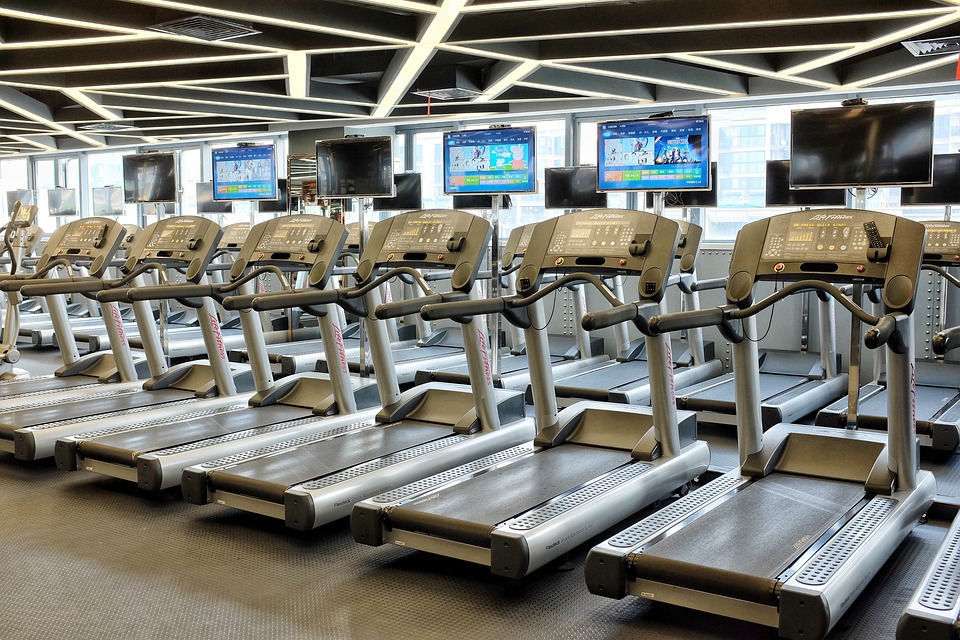The incline settings on modern treadmills range from 1% to a maximum of 15%. While the lower inclination range of 0% to 7% is familiar to most people, higher levels above 10%, particularly 15%, make us wonder a lot. Don’t skip to the end if you’re interested in learning more about the 15-incline treadmill and the benefits of working out on it.
What Is 15 Incline On Treadmill?
The reason why there is an increase of 15 meters for every 100 meters of horizontal distance is due to the elevation from the ground. This means that the slope should be 0.15 tangential to the ground.
Running on a treadmill with a 15% incline is equivalent to running up a very steep hill and is only recommended for advanced athletes. Any incline greater than 7% tends to put too much strain on your back, pelvis, and especially your legs, which may be harmful to your muscles.
What Could I Get From A 15 Incline Treadmill?
your lower body has stronger muscles!
If you didn’t know, incline walking stimulates more areas in your lower body, from the quadriceps to the glutes. If you use a treadmill with a 15% incline or higher, you’ll experience the greatest benefits from strength training. Naturally, having more muscle allows for faster running.
How Many Calories Get Burnt Using A 15 Incline Treadmill?
The renowned fitness trainer Dave Wavey wrote in 2013 that effort increases by 4% for every 1% increase in inclination.
To put it another way, while exercising at 3 mph allows us to burn 232 calories in 60 minutes, doing so while going uphill at a 15% incline would result in 140 more calories burned for a 60% increase in effort.
The figures also depend on your weight, how long you work out for, and how quickly you work out, so keep that in mind.
How To Choose The Best Incline Workout Base On Your Exercising Goals
Knowing your goals will be very helpful when you exercise because each exercise has unique and significant effects. Below, we’ll introduce some effective specialized exercises for specific needs:
Increase Your Stamina
For an endurance workout, lower the elevation to 2% inclination. Exercise at a moderate pace for 20–30 minutes (5.5–7 km/h, depending on your personal fitness level and exercise goals).
Rewards: strengthens postural muscles, which enhances agility, endurance, and posture overall.
Reminder: Swing lightly while flexing both arms around the hip. Keep your spine straight and your belly tucked in while only taking short to medium steps.
Burn Calories
After three minutes of walking at a speed of 5.5 km/h with the elevation adjusted to a 2% incline, continue for another two minutes while increasing the pace or elevation by 1 km/h. Resuming the original pace after three minutes. then accelerate or increase the angle for an additional two minutes. Repetition should last for 15 to 20 minutes.
Rewards: Intermittent exercise enhances cardiovascular health, speeds up fat burning, and increases fitness.
Notice: At the very top of your ability, especially during intervals that demand excellent tempo, it is common to feel out of breath.
Build Up Your Muscles
Set the elevation to 2% and work out for 5 minutes, increasing the elevation by 1 degree every 2 to 3 minutes. For another 15 minutes, repeat this procedure.
Lower the speed to 2.5 or 3 km/h and the elevation to 0 after that. Then, while still positioned at the frontal bar, perform lunges by walking to the front and bending your front knee to 90 degrees.
Rewards: Lunges and incline exercise help to build stronger glutes, quads, gastrocnemius, and legs overall.
Close Note
Now that you’ve probably absorbed all the knowledge you require about the 15-incline treadmill, good for you. Even though running at such an incline level can be very effective if done correctly, it is typically reserved for more experienced athletes and gymgoers.
Training in such conditions can, in the worst cases, cause injuries if you’re a beginner and don’t know how to do it properly. We advise training at a lower incline and gradually increasing it. Good luck!
FAQS
What Is The 15% Incline On The Treadmill?
The gradient or treadmill grade equating to incline percentages is a measurement of the height distance for every 100 horizontal distances. e.g. A one-in-100 gradient = 1%, and a rise of 15 meters for every 100 meters is a 15% grade.
Are 15 Inclines On The Treadmill Enough?
A 10 percent max incline is good and available on most low-budget treadmills. Fifteen percent is even better. But why not consider going all out with a 40 percent max incline? More incline means more calories burned.
Is Walking On 15 Inclines Better Than Running?
Both activities are great for the cardiovascular system, boosting heart and lung health. However incline walking is far kinder on the joints, and is probably a better option for anyone who is new to running or has knee issues.
What Is A Good Incline To Walk On The Treadmill?
2% – 3% incline.
What is a good incline setting on a treadmill? Incline settings for optimal results will vary depending on your fitness level and goals. A good place to start is a 2% – 3% incline and gradually increase the incline as necessary.
How long should I do the incline treadmill?
Start with an incline of 3.5 percent for the first five minutes. Every two minutes change the incline. Start with a 10 percent incline, followed by 6 percent, 10 percent, 7 percent, 12 percent, 10 percent, and 12 percent, in that order. End with an incline of 4 percent for five minutes.
Read More: Why Is Treadmill Belt Slipping & How To Fix
How To Run On A Treadmill: Treadmill Running Tips For Beginners
